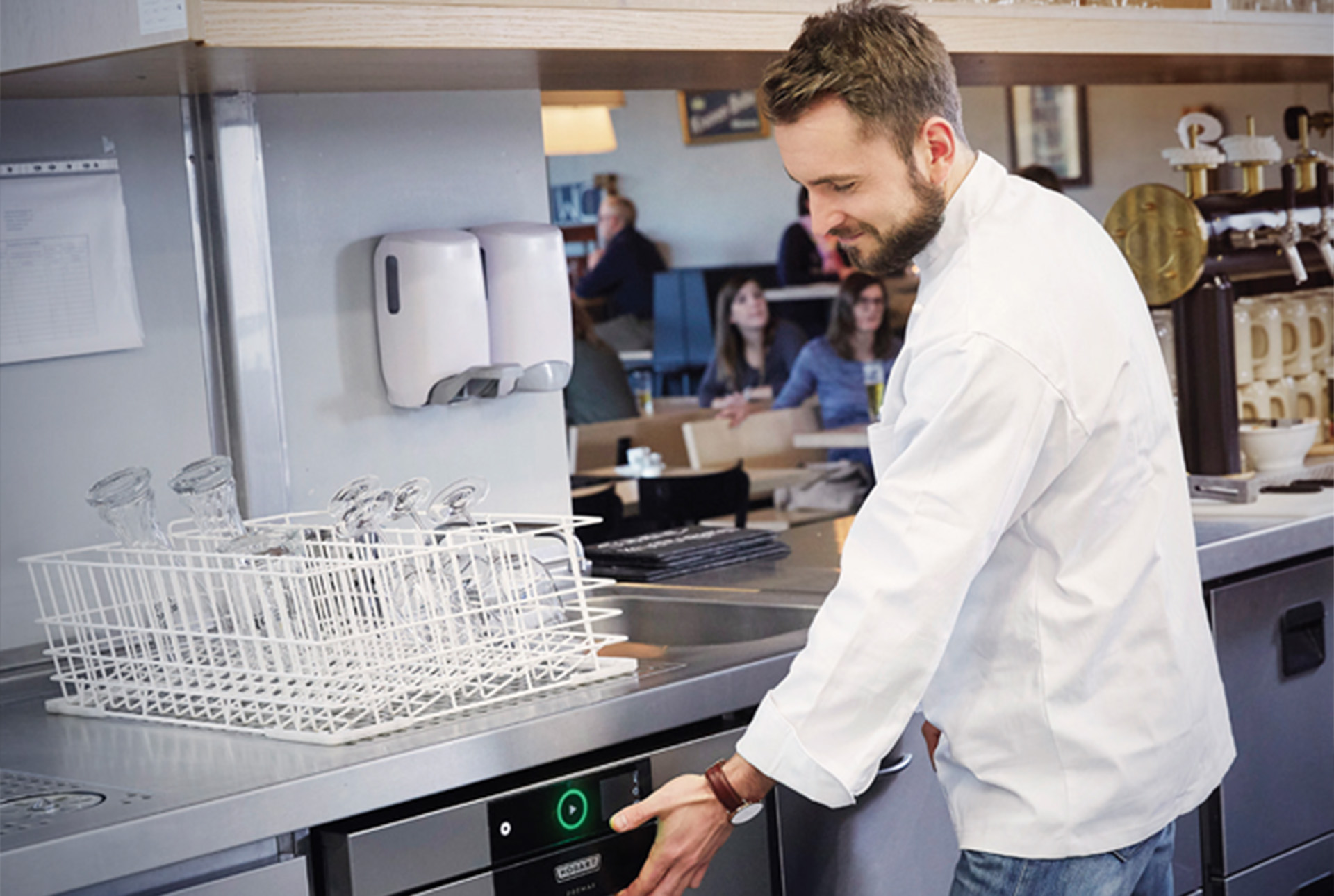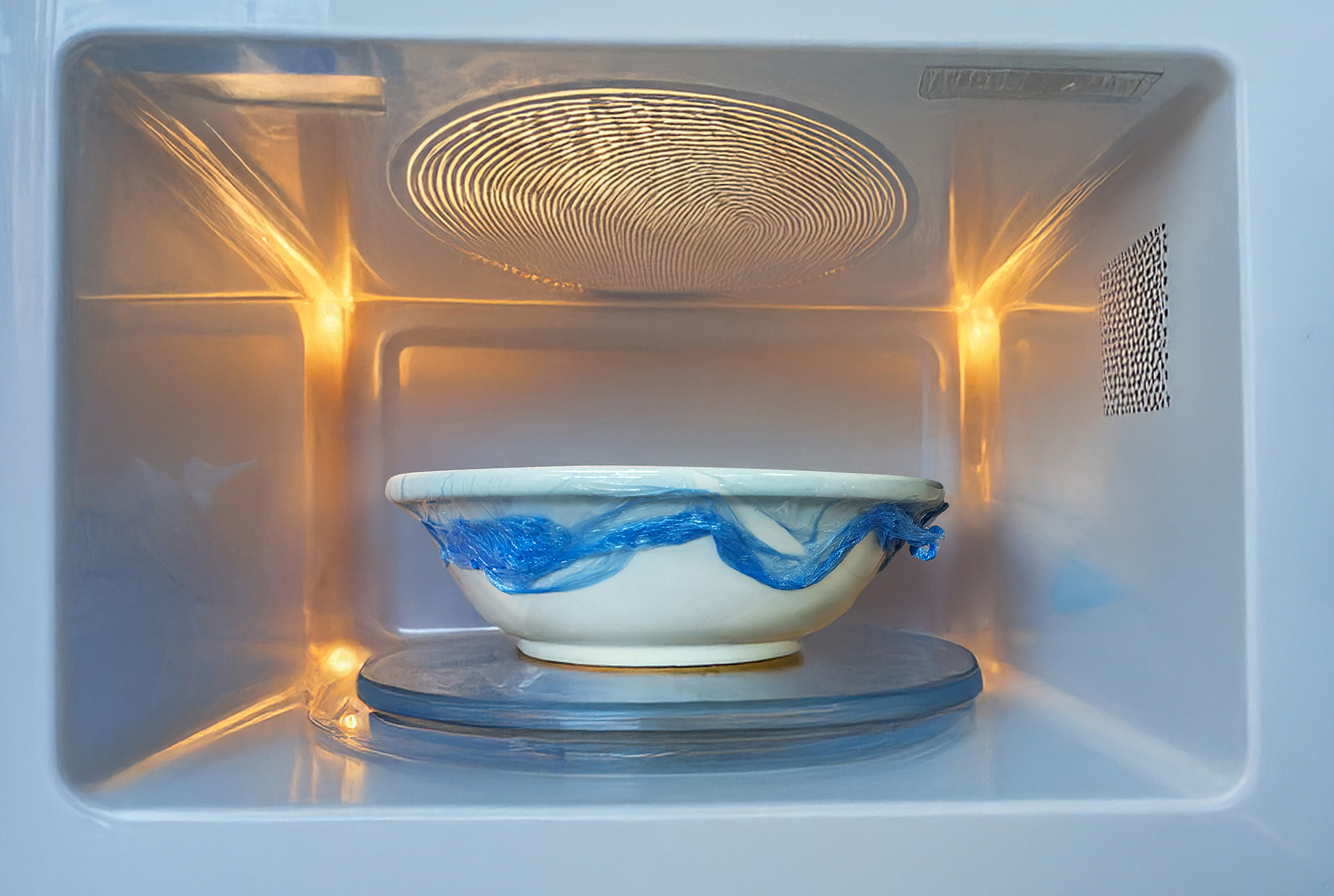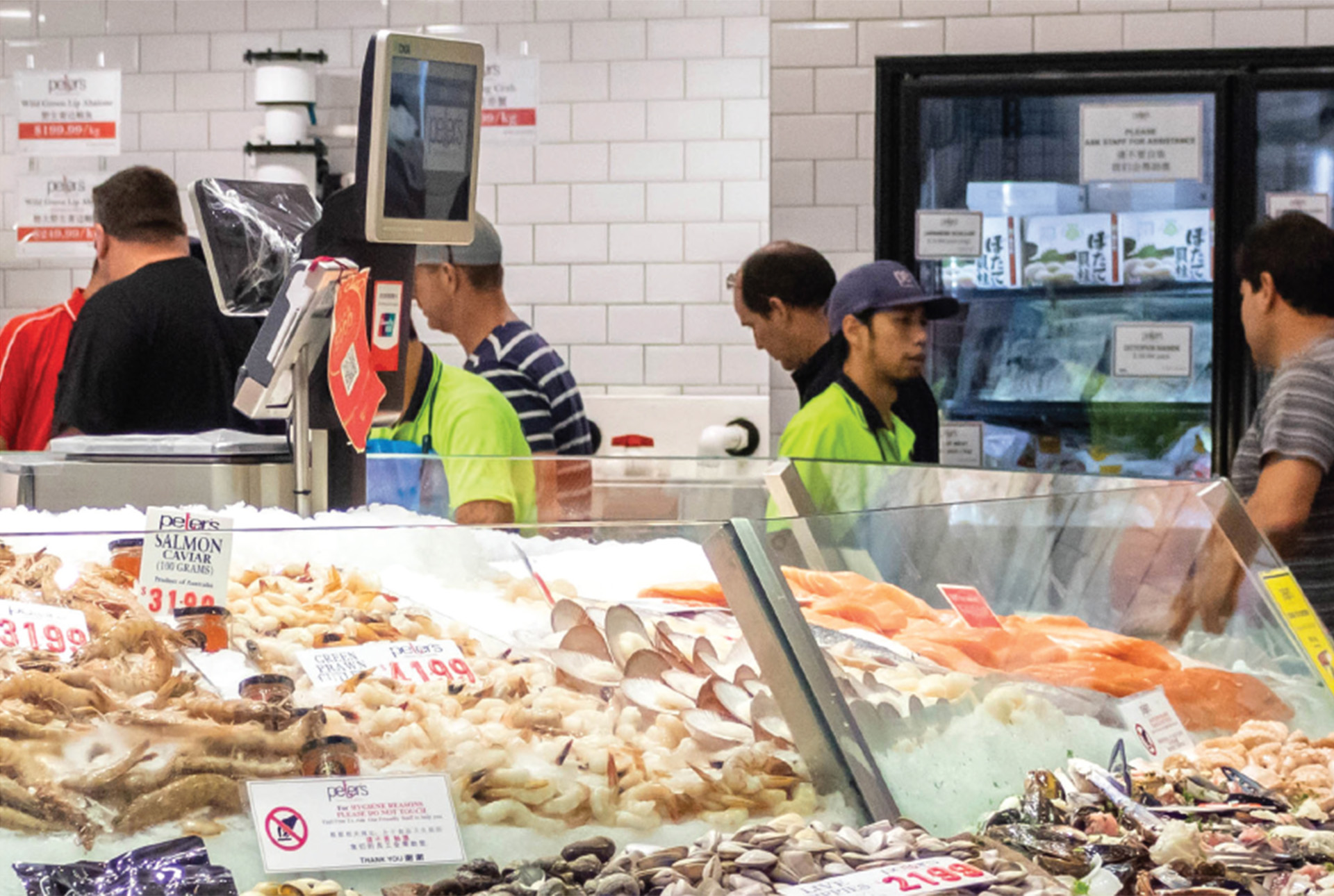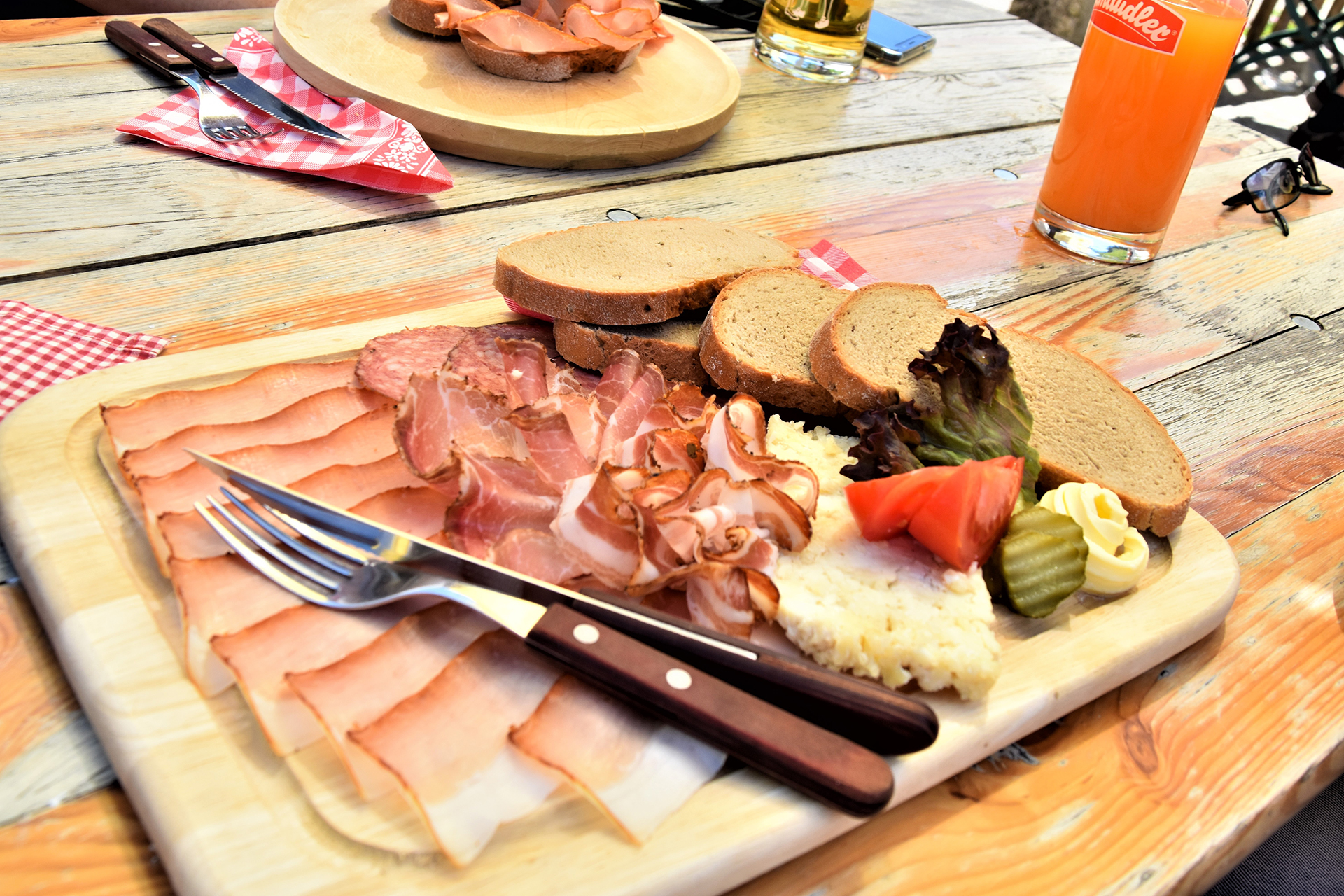
Whether it’s a greetings card featuring roos instead of reindeers or sun-soakers sporting Santa hats on the beach, the thrill of an Antipodean Christmas lies in the spin we’ve put on the most time-honoured festive traditions. Nowhere is that more obvious than in the kitchen on Christmas Day, whether you’re serving your own family at home or dining with many families in a local cafe or pub. In the shape of seafood and salads, hams and snags, chips and dips, here you’ll find the perfect snapshot of how an Australian and New Zealand Christmas feast has evolved from its origins over the years.
This evolution began almost as soon as the First Fleet arrived on these shores in January 1788, bringing with them 18 turkeys for the first official Christmas celebrations. Soon, local twists were added to recipes imported from Britain to make use of the Australian fauna: ham and cockatoo pie being an especially unappetising example. But as time went on and families were less keen to stuff down hot roasts at a time of year that’s always roasting hot, lighter foods began to take prominence, with seafood especially popular.
While Paul Hogan’s famous 1984 offer to “slip an extra shrimp on the barbie” made
the practice synonymous with local fare, it’s likely it had already become something of
a festive tradition. These days, Australians buy about 6 million kilos of prawns in
preparation for Christmas Day. In true Antipodean style, though, that hasn’t meant losing sight of what came before. A big, juicy glazed ham, in particular, has always remained a key part of the spread, even as salads and fruit-based dishes have replaced other heartier plates. And while this buffet-style lunch might signal that Christmas here is a relaxed affair, for many families and friends it’s the biggest event of the year.
As such, you’ll want to make sure you are serving them the best food on the best
dinnerware. Few collections are finer than the Steelite ‘Urban’ in Smoke crockery range, with its smoky grey hue, durable build and versatile selection of shapes and sizes. And with its blend of traditional aspects and contemporary details, few crockery
ranges could complement an Antipodean Christmas dinner quite so well.









